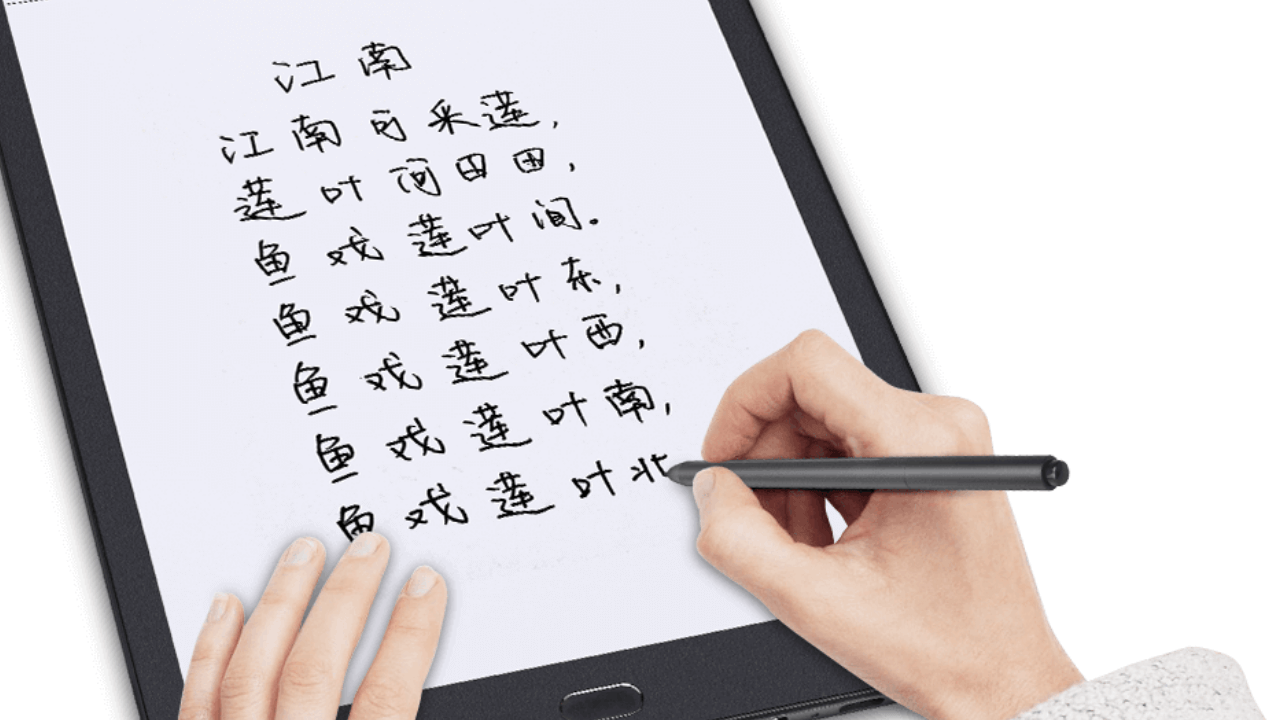Queenly likes to share her knowledge of society with others. She is always reading up on the latest news and trends, so she can provide insights and perspectives that help people understand the world around them. Coreen is a great listener, and she loves to help people grow and develop.

The appeal of conventional paper hasn’t completely vanished despite the digital age’s predominance of brilliant screens and quick technological improvements. Introducing electronic paper tablets, a seamless combination of the familiarity of paper’s feel with the cutting-edge capabilities of contemporary technology. In the development of portable reading and note-taking experiences, these gadgets constitute a crucial advancement.
The electronic paper tablet, which promises consumers an immersive reading experience while meeting the demands of our active, on-the-go lifestyles, arises in this period of innovation as a link between the tangible and the digital. At first glance, an electronic paper tablet might appear surprisingly simple, similar to a regular notebook or notepad.
Are Color Displays Available on Electronic Paper Tablets?
The majority of electronic paper tablet screens, as of my most recent information update in September 2021, had grayscale capabilities. Electronic paper technology has advanced, though, and some more recent models or prototypes might only have a few color choices. It has been difficult to achieve vivid and full-color displays on electronic paper tablets because e-ink technology depends on the movement of charged particles to produce images.
Compared to conventional LCD or OLED screens, color e-ink displays usually encounter difficulties like slower refresh rates and reduced color saturation. Although improvements in color capabilities have been developed, the bulk of electronic paper tablets currently available still put their emphasis on offering readers a high-contrast grayscale reading experience.
Purpose of Electronic Paper Tablet
With the benefits of both conventional paper and current technology, electronic paper tablets are useful for a variety of tasks. Detailed uses and applications for electronic paper tablets are listed below:
Reading Experience:
The main goal of electronic paper tablets is to precisely replicate the reading experience of conventional paper. These tablets’ e-ink technology simulates the look of ink on paper to produce a comfortable and organic reading experience.
Electronic paper tablets reflect ambient light, decreasing eye strain, in contrast to backlit screens. This characteristic makes them perfect for prolonged reading periods, and the absence of light emission minimizes interference with circadian rhythms.
Portability and Convenience:
Since they are frequently compact and light, electronic paper tablets are quite portable. Users can store thousands of books, documents, or notes on a single device, making it practical for daily commuting or travel. Users can use the device for days or even weeks without needing to recharge thanks to the e-ink displays’ low power consumption.
Note-Taking and Annotation:
Users of electronic paper tablets can take digital notes immediately on the screen thanks to the pen functionality that is built into these devices. Students, professionals, and anybody else who needs to annotate documents or write down thoughts while on the road may find this tool useful. Electronic annotation, highlighting, and note organization tools help people be more productive, especially in work and school contexts.
Educational Use:
Traditional textbooks can be replaced in educational settings by electronic paper tablets. With capabilities like searchable text, notes, and the capacity to carry a complete library of instructional materials in a single device, this change paves the way for a more participatory learning experience. By enabling students and teachers to share and annotate materials, electronic paper tablets can support collaborative learning and provide a more engaging and interactive learning environment.
Professional Applications:
Professionals in a variety of areas, including architecture, design, and law, can evaluate and annotate papers using electronic paper tablets. Users can annotate digital designs, contracts, and other files right on the tablet, which streamlines workflows. By utilizing the stylus support and pressure sensitivity of electronic paper tablets as digital sketchpads, designers and artists may produce digital art that has a more tactile feel.
Continuous Technological Advancements
The science of electronic paper is constantly developing. By addressing present drawbacks like constrained color palettes and sluggish refresh rates, ongoing research, and development hope to expand the potential uses of electronic paper tablets across a range of sectors and professions.
Final Talk
Electronic paper tablets serve as adaptable gadgets that enhance the reading experience, promote convenience, assist digital note-taking, and find uses in education, business, and artistic enterprises. They serve more than just reading purposes, making them useful tools for a variety of users and professions.
